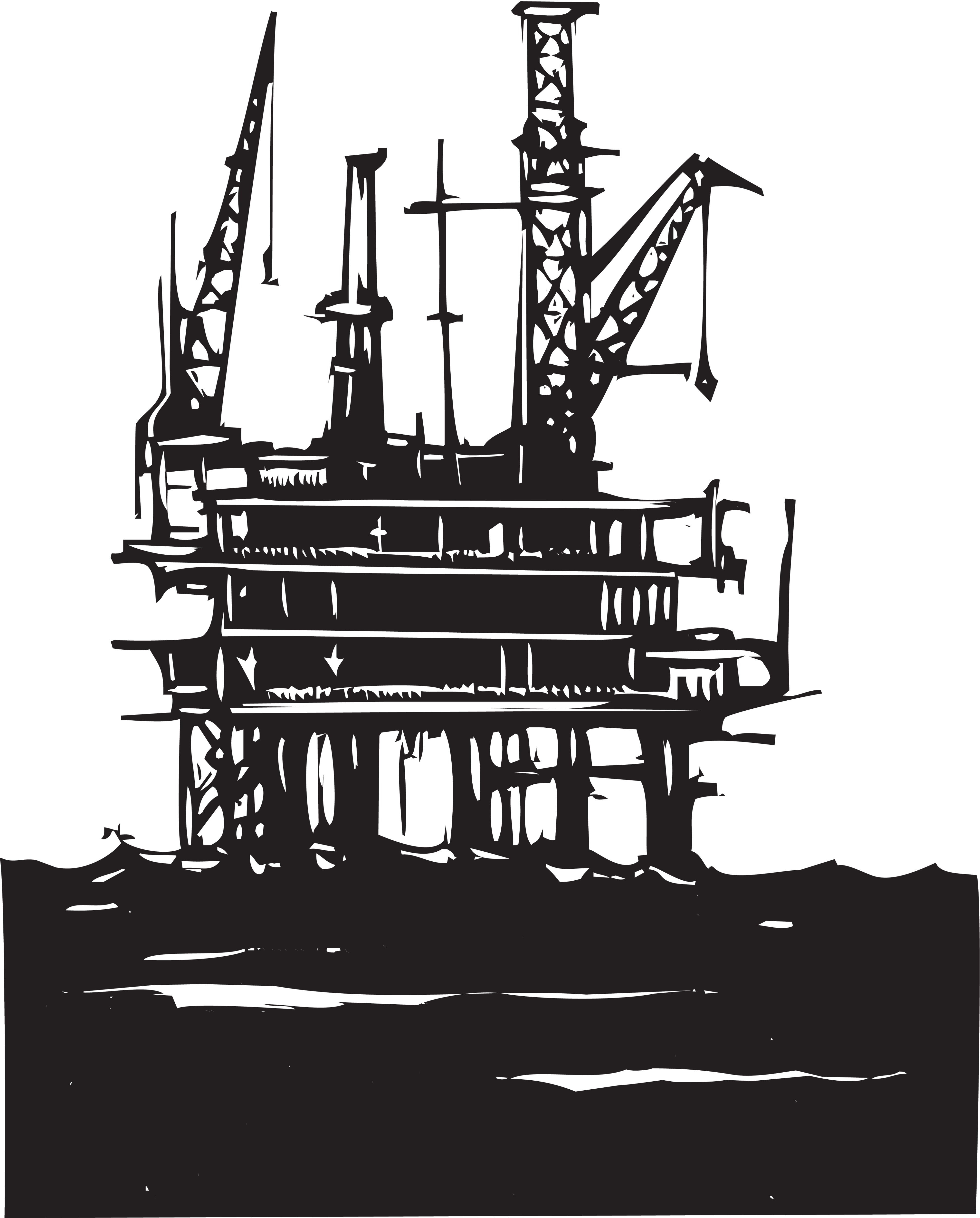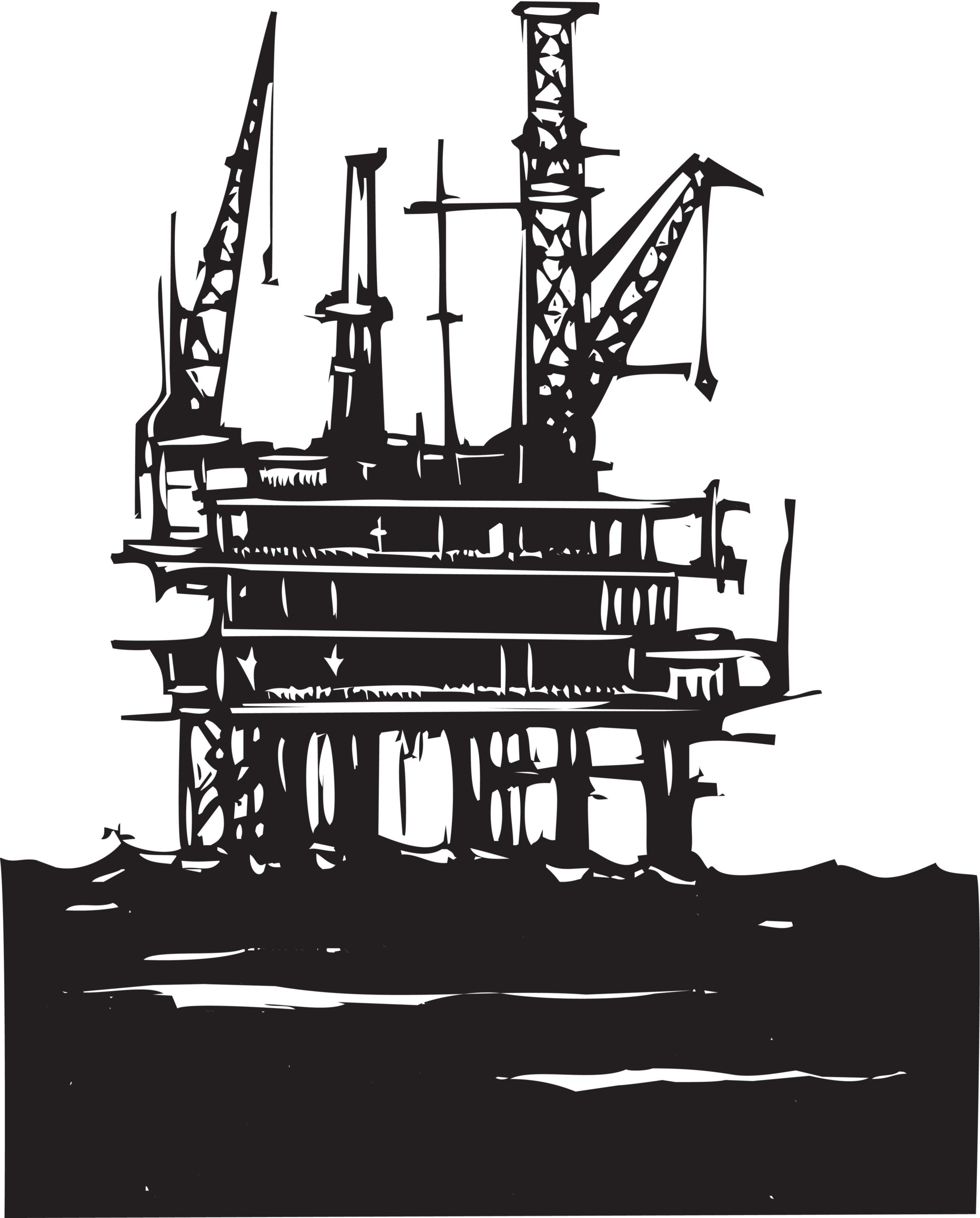
Fears of new technology in jobs have always been a part of history, but it has been proven time and time again the technology both replaces and creates new work.
But not in the oil and gas industry where OffShore Enterprise spoke to offshore rig operators who were enthusiastic about the new wave of technology.
“I want this to be even easier. I want it to realize when something is wrong”
It is a unique time when some of the most change-adverse industries like the oil and gas industry but also construction are increasingly open to new tools for better efficiency, design, and safety.
Safety is especially a concern in the oil and gas sector where workers often work 16+ hour shifts and workplace accidents are 6 times higher in all other industries.
So what has changed?
Why are companies like Shell open to adopting technologies like Industrial Internet of Things (IIoT) connectivity, Digital Twins, and Mixed Reality Remote Services. We’ll give 3 main reasons:
- Long Term State of the Industry
- Keeping Up with Competition
- Safety, Efficiency, and Cost Savings
1. Long Term State of the Industry
The consumer mindset has changed once again and it is likely to be a permanent change as society shifts its focus to environmentally friendly solutions.
The oil and gas industry is easily painted to be the villain in the battle against the gas-guzzling industry and the planet and companies are taking notice.
And besides the negative PR that the industry gets there is also the growing concern that we are going to run out of oil soon. This debate is often explored using the concept of Peak Oil which is when the production has hit it’s absolute maximum and will start declining.
But the majority agree that we will not be eliminating the need for oil anytime soon. But the industry competition will increase as alternative energy is encouraged by more environmental requirements.
Companies are realizing they need the efficiencies that only technology can afford them.
Climate Conscious World
The green energy adoption rate is predicted to be one of the top industry growth areas as it becomes more cost-effective. Major oil and gas companies are looking to meet that demand quickly to beat out competitors.
Peak Oil Debate
With some of history’s major producers Argentina and Mexico recently scaling back their production, there is concern that this peak oil period has already occurred.
The majority of the expert’s predictions fell into two camps: peak oil was hit in the early 2000s or will occur in 2030.
Production trends favour the first outcome as the volume of crude oil has remained stagnant for 14 months and the number of new oilfields has been in decline since 1964.
Takeaway: Demands for alternative energy are rising combine with the peak oil event indicating a slow-down in the oil and gas industry. Companies are preparing themselves by creating efficiencies in their drilling and rigging operations while working to diversify
Why does it Matter?
Some of the major conglomerates have made decisions to reduce the scale of their operations.
(Image of Shell)
Shell has announced it will cut production costs by 40%. They already sold 2 planned developments and reduced their downstream holdings as well. They are looking for efficiencies in their operations to gather capital for investment in the renewable sector which has much smaller margins.
These changes are being echoed in other big oil and gas giants like BP and Eni in statements made in the same month.
Shell has said they are ramping up the digitalization of their operations. They plan to adopt **smart technologies that will minimize maintenance times and outages.**
Examples of Use Cases
- Digital Twins along with IIoT connected technology makes daily maintenance more efficient and requires less manpower
- Augmented Reality and Remote Expert Services saves cost of travel for breakdowns and allows production to resume with minimal shut-down time
- Training can be implemented virtually with recorded live demos projected onto real equipment for faster retention and a smoother transition to the job
- Detailed step-by-step maintenance instructions can help tie over companies with skilled labour shortage
- IIoT sensors can keep workers safe by alerting of a problem that would be imperceptible to the eye, adverting both major disasters like fire and explosions but also warn of a trend of ill performance for predictive maintenance
2. Keeping up with Competition
There have been dozens of recent studies looking at the adoption rate of technology in different industries.
Many have focused on the construction industry and the oil and gas industries which create billions of dollars of revenue each year and are some of the largest global industries.
All of these reports show that adoption of technologies like the ones provided by AltitudeXR are expanding now.
Key Insights:
- More than 50% of field service management will include AR collaboration and knowledge sharing tools by 2025—up from less than 10% in 2019. (Gartner’s Future of Field Service)
- 100% of companies surveyed said they were already using AR for their services or planned to in the future
- 82% of the leaders surveyed say they want to increase AR investments by 20+% in 2021
Oil and Gas companies are moving quickly as start-ups and other energy companies are moving to establish themselves in the electricity market.
3. Safety, Efficiency, and Cost Savings
The companies that have already implemented aspects of new technologies are showing the world the benefits and in the end, they are the best promotion.
We have specific articles on the various use cases for AltitudeXR so you can make sure you’re getting your money’s worth but here’s a summary of some of the benefits of the integrated safety and visualization technology.
Before: Maintenance and inspection were limited by the knowledge of the personnel.
If there was an unexpected problem an expert would have to be physically flown out to the 400+ feet tall ocean oil rigs.
Costs:
- Transportation and the extended downtime it takes to get the expert anywhere from 100-600 miles from their shore.
After:
Remote experts can use AR overlays to see the specific problem and give onsite technicians specific instructions in real-time.
Looking to see what AltitudeXR can do for you? Book a 15-minute demo and we’ll help you find out how you can smoothly implement the technology to get the most benefits.
How can AltitudeXR help you and your clients?
AltitudeXR is built with communication and flexible designs in mind.
You can:
- Make annotations in the model for team members, clients, or yourself
- Tour and change the design in a real-scale 3D or 2D visualization to get the feel of the project
- Ensure your clients know exactly what they’re approving so you don’t burn for it later
Right now we’re opening a beta program for a few lucky participants. They get free access to all of the software for 3 months and full support using it. We just want your feedback so we can make the product even better for you in the future.

